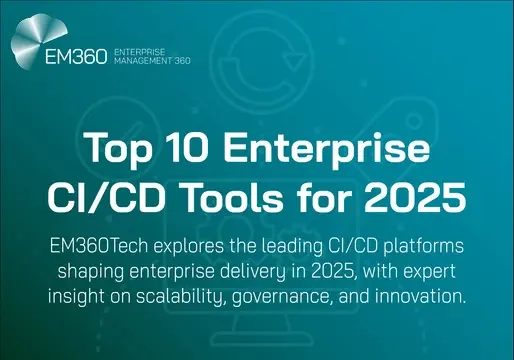The world is facing an existential threat: climate change.
As this threat looms larger than ever before, the race to achieve net zero is on. And this is not simply a race that any tortoise can win either. Time is not on our side.
Public and private sector organisations across the globe are now feeling the pressure to act in reducing their carbon footprints and better contribute to the goal of net zero by 2050. According to research that was published at the World Economic Forum in Davos, more than a quarter (26%) of UK CEOs feel they are moderately or extremely exposed to the threat of climate change over the next 12 months.
Yet, despite the urgent need for businesses to reduce emissions and move towards a more sustainable future, there are many asking how to achieve this ambitious target. The answer lies in the power of data.
The simple notion of leveraging data-driven solutions is fast becoming a critical tool in paving the way forward. Specifically, through resource management data, businesses can gain a deeper understanding of their emissions and identify areas for improvement. With it being harder for organisations to effectively manage what space they need – due to a surge in remote working – data has become the key to taking targeted steps in reducing their carbon footprint and implementing more sustainable practices.
The clock, however, is ticking and the race to net zero is one where businesses are starting to fall behind. It’s time to pick up the pace with the help of data.

Navigating the obstacles
Without accurate data, businesses across all sectors may not even have a clear picture of their environmental impact, making it impossible to identify areas for improvement. Not to mention, adapting to the changes of the working world has presented a plethora of challenges, too.
Between an uncollaborative approach thus far, increasing costs and business leaders trying to account for where and how people work, those dealing with an organisation’s resources are being pushed to their limits to maintain efficiency, let alone achieve net zero. Since the pandemic, underutilised space and energy price shocks have been driving real estate executives to reset their strategies by bringing a greater focus on space optimisation and reducing energy expenditure. To support these initiatives, firms are investing in technology to drive efforts and achieve ROI.
But the biggest challenge to even acquiring accurate data is funding. Implementing energy-efficient technology or data collection software, or even investing in renewable energy sources can require significant upfront costs. This may be a barrier for many, particularly in the public sector where budgets are restricted. However, you can’t manage what you don’t measure. Data provides a clearer insight into combatting these challenges and can lead to a long-term ROI. More importantly, it supports an organisation on their journey to net zero.
Net zero to hero
As one of the most powerful tools in the fight against climate change, leveraging the right data can allow businesses to gain valuable insights into their energy usage patterns, identify areas for improvement and track progress over time. One element for organisations across every sector to consider is how employees now work.
The shift in how we work has led to wasted resources and unnecessary carbon emissions in other areas, specifically office spaces. Therefore, utilising the right management data can allow firms to once more fully understand their physical resources. Data can reveal certain areas of an office that can be consistently over or underutilised, indicating an opportunity to adjust the layout or occupancy allowance to save energy and improve efficiency from a business perspective.
Furthermore, saving money on reduced office space and equipment can allow for greater investment into net zero initiatives, such as green leasing. Green leases serve as a means for decarbonising real estate and opens a more collaborative effort between landlords and tenants, all in support of net zero.
Whilst reducing the size of office spaces can enable companies to cut down on their carbon footprint, there is a catch. As more people work from home, the burden of emissions is being shifted to their households instead. The individual behaviours of staff, from energy use and travel to digital footprints and waste management, fluctuate wildly and is harder to measure and control, let alone enforce by the government. Therefore, it’s crucial to instil a company culture of sustainability by setting policies and providing support to help workers reduce their environmental impact while working from home.
The path less travelled
The term net zero is not something that should lead to eyerolls and sighs – it’s a term that should inspire change. Change towards a more efficient and cost-effective business model. Rather than considering net zero as a burden, business leaders should think of it as an opportunity to improve how they operate, decrease long-term costs and increase efficiency.
Despite uncertain short-term market prospects, many UK companies do plan to increase investment to reduce their carbon footprints. Almost half of business leaders (49%) surveyed by the British Property Federation plan to accelerate the delivery of their net zero programmes over the next 12 months.
Now more than ever, data can be used to inform and drive business decisions to capitalise on climate action. However, achieving this will require a full-scale review of an organisation’s internal strategy, targeting precisely where they can reduce emissions and eliminate waste. With the application of data management systems, companies can leverage insights that not only align with their business objectives but also their net zero objectives, enabling them to better understand their environmental impact and accurately forecast reduction scenarios.
With mounting pressure from governments across the world as well as growing awareness amongst the general public, the race to net zero is one that business leaders need to pick up the pace on before it’s too late.








Comments ( 0 )